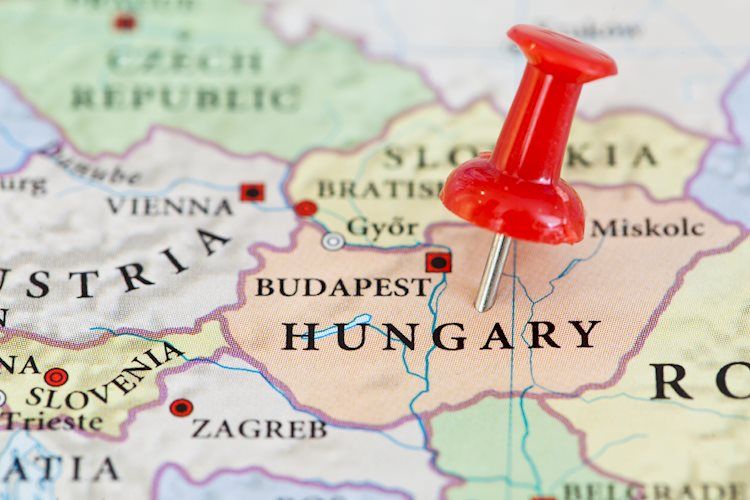Industrial output in Hungary declined by -5.4% y/y in September.
Industrial output in Czechia grew 3.9% y/y in September (not seasonally adjusted).
Trade balance in Czechia landed at CZK 21.3 billion.
Hungarian central bank published the minutes from the last meeting.
Poland is going to decide on key interest rate.
Economic developments
Today, we will be examining debt servicing costs in the region. In particular, we will be looking at the interest expenditure on public debt development. For most of the CEE countries, the interest expenditure ranges between 1% and 2% of GDP. However, there is an exception with respect to Hungary. In the aftermath of the inflation shock and the need for the Hungarian central bank to deliver emergency interest rate hikes at the end of 2022, the costs related to the debt service surged in Hungary. Over the last year, interest expenditures have visibly increased from 2% of GDP to as much as 5% of GDP, which is higher when compared to Italy. Such developments limit the fiscal space in Hungary and increase vulnerability of the country.
Market developments
In the US the counting of the votes is still in process, however, it is very likely that Donald Trump will be the next President of the US. Republicans also captured Senate. Today, the Polish central bank will decide on interest rates, and we expect no change in monetary policy. However, it will be interesting to see the new growth and inflation projection as it may provide some hints about the beginning of monetary easing in 2025. The CEE currencies remain weak against the euro, with EURHUF moving up to 411 while EURPLN is up at 4.36 in response to the US election outcome. On the other hand, long-term yields have declined, most notably in Poland (by 25 basis points since the beginning of the week).
